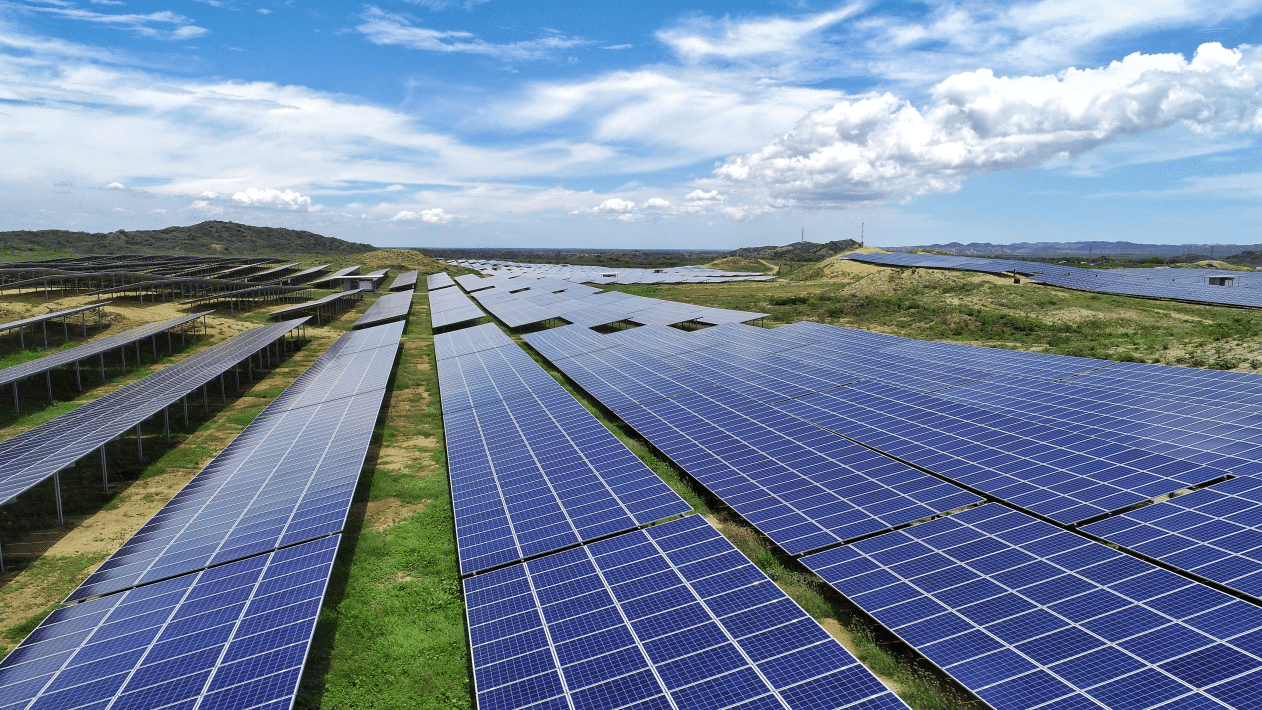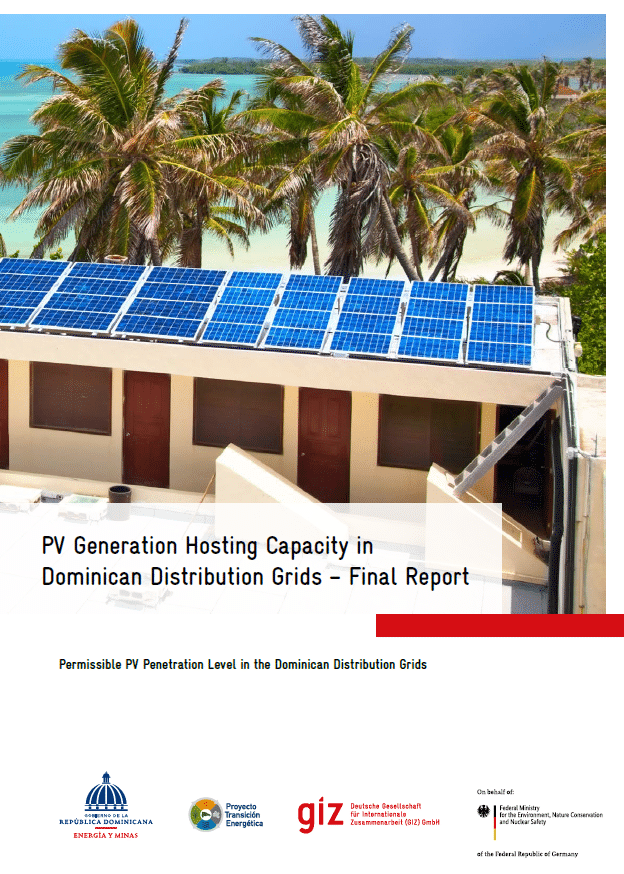The Dominican Republic benefits from a high abundance of solar insolation, providing good potential for distributed solar photovoltaic (PV) generation in the country. Yet higher PV penetration levels call for well calibrated network upgrades to the distribution grids to ensure power system flexibility and stability.
The “Proyecto Transición Energética” is a joint project by the government of the Dominican Republic, represented by the Ministry of Energy and Mines, and the International Climate Protection Initiative (IKI) of the German Federal Ministry for the Environment, Nature Conservation, Nuclear Safety and Consumer Protection (BMUV). Implemented by GIZ together with the Ministry of Energy and Mines, and 15 other local partners from the country’s energy and climate sectors, the project aims to help develop actions towards a low-carbon economy through the promotion of renewable energy sources.
Against this backdrop, the project has provided capacity building on technical integration issues of PV in the distribution grid and analysed the maximum PV penetration levels on a number of representative, real distribution feeders in the Dominican Republic. The resulting study, realised through a Leveraged Partnership with GET.transform, provides recommendations to improve the current regulatory landscape for distributed generation.
The most important recommendations include adding an LFSM-O (also called frequency-watt) requirement to avoid many PV systems disconnecting simultaneously, requiring reactive power capability and control modes from PV systems, as well as other technical requirements on inverter-based generators.
With the implementation of such measures based on international good practice, the study finds that, even in the most unfavourable situation, a penetration level of at least 25 % of peak demand in each feeder would be achievable. Meanwhile, the current regulation sets a limit of 15% of penetration per feeder to access a fast-track approval process.
Download the study in English or Spanish from: transicionenergetica.do



